Wave Optics Blog Posts

2020 Isaac Newton Medal and Prize Awarded to Nader Engheta
Get an overview of the Isaac Newton Medal and Prize — and the optical physicist who won this year.
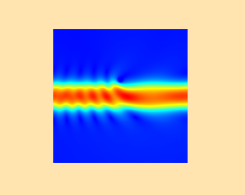
Modeling a Scatterer Near an Optical Waveguide
In the real world, most structures are more complex than a 2D dielectric slab. However, if you’re designing photonic structures, you can learn a lot about wave optics modeling from this example.
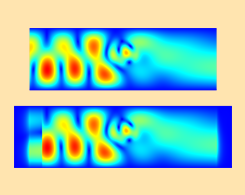
Modeling Waveguides that Support Multiple Modes
2 ways you can model a waveguide that supports multiple modes: add a PML that can be used to absorb any modes, or explicitly add ports for each possible mode.
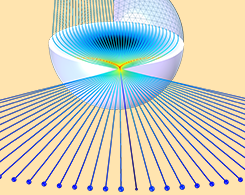
2 Video Discussions on Multiphysics Simulation of Optics and Photonics
John Wallace, senior editor at Laser Focus World, and Chris Boucher, technical product manager at COMSOL, discuss the use of multiphysics simulation in the optics R&D community. Take a look…

Computational Electromagnetics Modeling: Which Module to Use?
If you work with a particular electromagnetic device or application area, you might be wondering which module in the COMSOL product suite is right for you. Keep reading for a comprehensive intro.
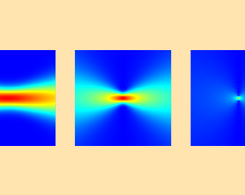
Evanescent Component of the Nonparaxial Gaussian Beam
The evanescent component of the nonparaxial Gaussian beam background field is available as a feature in the Wave Optics and RF modules as of COMSOL Multiphysics® version 5.5.
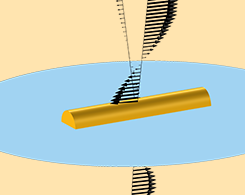
Modeling the Scattering of Light Off of an Object on a Substrate
A common modeling scenario in wave electromagnetics: computing the scattering of light off of a structure patterned on top of a uniform dielectric substrate.
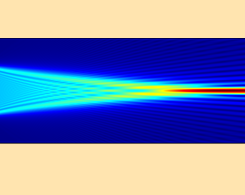
How to Perform Lens Simulations Using the Wave Optics Module
Lens simulations in wave optics can be difficult to perform, as they usually require a lot of mesh elements. Learn how to sidestep this issue using the functionality of the Wave Optics Module.
